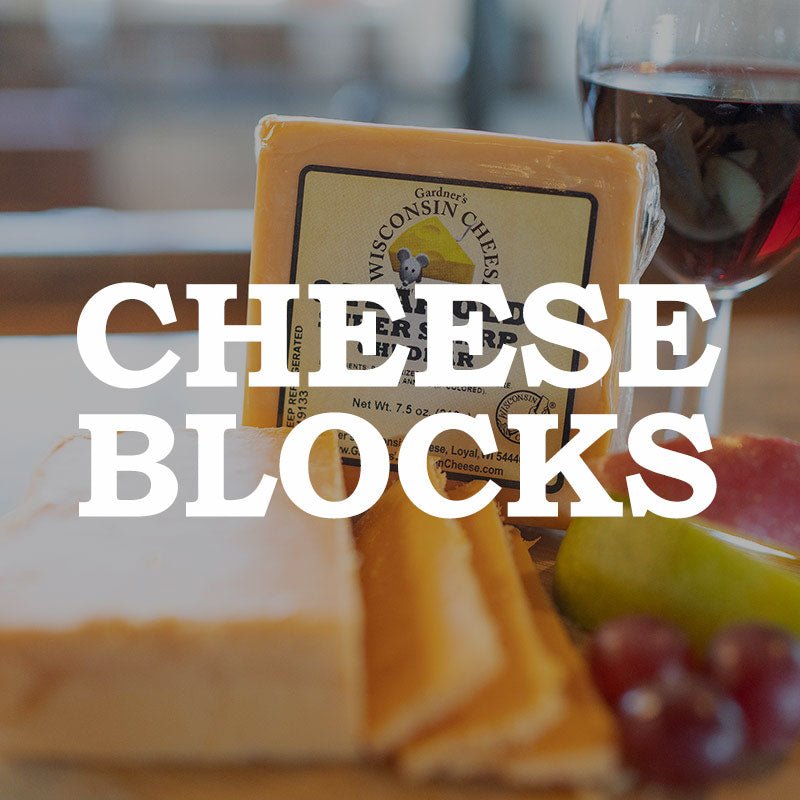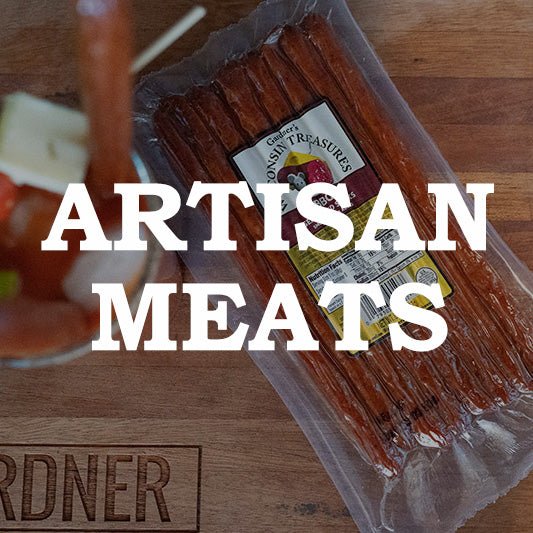· By Daylon Gardner
Artisan vs. Industrial Cheese: Understanding the Differences
Cheese is one of the most diverse and beloved foods worldwide, with varieties ranging from creamy and delicate to sharp and crumbly. However, not all cheese is created in the same way. Two main categories define how cheese is made: artisan and industrial. While both serve different markets and preferences, their production, quality, and taste differences set them apart. This article explores these key differences to help you make informed choices when selecting cheese.
What is Artisan Cheese?

Artisan cheese is handcrafted using traditional methods, often in small batches. Our artisan cheese is made by trusted producers who emphasize quality over quantity. The milk comes from local farms, ensuring freshness and a unique flavor profile that reflects the region’s terroir.
Characteristics of artisan cheese include:
-
Small-batch production
-
Hands-on cheesemaking with minimal mechanization
-
High-quality milk, often from local sources
-
Aged in natural environments for enhanced flavor
-
Unique textures and flavors that vary by batch
In other words, no two wheels are exactly alike, and that’s part of the charm.
What is Industrial Cheese?
Industrial, mass-produced or factory-made cheese is manufactured on a large scale using automated processes. The goal of industrial cheese is consistency, affordability, and long shelf life. This type of cheese is commonly found in supermarkets and is designed for everyday use in cooking, snacking, and processed foods.

Industrial cheese rarely develops the layered complexity of artisan cheese. It’s designed to taste the same every time, not to reflect the subtle seasonal differences in milk or the character of long aging.
Characteristics of industrial cheese include:
-
Large-scale production with high automation
-
Uniform texture and taste across batches
-
Often contains additives to extend shelf life
-
Widely available and more affordable
This is the kind of cheese you often see pre-sliced or shredded at the grocery store; it’s convenient, but not truly handcrafted the way an artisan cheese is.
Key Differences Between Artisan and Industrial Cheese
The most significant difference between the two types of cheese is their production methods. Artisan cheese is carefully crafted using hands-on techniques, allowing for more variation and depth in flavor. Industrial cheese, conversely, is made with highly automated machinery, ensuring uniformity but often sacrificing character and uniqueness.

1. Ingredients and Additives
Artisan cheese generally contains fewer ingredients, sticking to high-quality milk, salt, rennet, and natural cultures. Industrial cheese may include preservatives, stabilizers, and emulsifiers to ensure a longer shelf life and consistent texture.
The milk used in artisan cheesemaking is often sourced from local farms, which gives the cheese a unique flavor profile tied to its region (also known as its terroir). Because these cheeses are made in small batches and handled with care, they don’t require extra stabilizers to stay consistent. Industrial cheese, on the other hand, is formulated for efficiency and long shelf life. While these additions make the cheese convenient and predictable, they can also strip away the subtle natural variations that make artisan cheeses so distinctive.
2. Flavor and Texture
Because artisan cheese is carefully crafted and aged using traditional methods, it often develops a richer, more complex flavor. Textures can range from creamy and spreadable to firm and crumbly. Industrial cheese, by contrast, is typically milder in taste, with a uniform texture that remains consistent from batch to batch.
Depending on the style, artisan cheeses might be creamy and spreadable (like a young bloomy-rind cheese), semi-firm and nutty (like alpine cheeses), or firm and beautifully crumbly cheese (like aged cheddar cheese). These nuanced flavors come from slow, careful aging and the unique microbial cultures used in production. Industrial cheese tends to be mild, consistent, and uniform in both flavor and texture. It’s designed to melt smoothly, slice cleanly, and taste the same every time, which makes it ideal for mass-market use. However, that same uniformity means it lacks the depth and complexity you’ll find in artisan cheese, especially in long-aged varieties like our 17 Year Old Super Sharp Cheddar. If you’re curious to try some of the best examples, explore our favorite aged cheddar cheeses of 2025.

3. Aging and Maturation
Artisan cheeses typically age in controlled environments, such as caves or specialized aging rooms, developing deep and nuanced flavors over time. Industrial cheeses, mainly processed ones, are usually not aged or for shorter periods in controlled conditions.
The artisanal cheese aging process can take months or even years, allowing natural enzymes and cultures to slowly transform the texture and build intense, layered flavors. That’s why aged artisan cheeses can develop that satisfying crumbly texture: it’s the result of time, patience, and craftsmanship. (Wondering how aging affects flavor? Here’s a quick guide to sharp vs. extra sharp cheddar and what sets them apart.)
Industrial cheeses, by contrast, are usually aged for much shorter periods (if at all). They’re moved quickly through production to meet high-volume demand, which means they don’t develop the same depth of flavor or texture. Many industrial cheeses are ready for packaging just weeks after production.
4. Availability and Cost
Since artisan cheese requires more time, effort, and high-quality ingredients, it tends to be more expensive and is often found in specialty shops or farmers' markets. Industrial cheese is more widely available and affordable, making it a staple in grocery stores worldwide.
The smaller production runs of artisan cheese also mean certain varieties can be seasonal or limited, adding to their appeal for cheese lovers. Industrial cheese, however, is produced on a massive scale, which makes it widely available and very budget-friendly. It’s fine for everyday cooking or casual snacking, but it doesn’t offer the same uniqueness or handcrafted appeal as artisanal cheese.
Which One Should You Choose?
Both artisan and industrial cheeses have their place, depending on the context:
-
If you want a rich, complex, and unique cheese, artisan cheese is the way to go for a cheese board. For inspiration, check out our guide to pairing sharp cheddar with wine, beer, and accompaniments.
-
Industrial cheese is a reliable option if you need a quick, affordable one.
-
If you value supporting local farmers and traditional craftsmanship, artisan cheese aligns better with those values.
-
If you prioritize budget-friendly and convenient options, industrial cheese is readily available.
Conclusion
Artisan and industrial cheeses each have their place, but knowing the difference helps you appreciate them for what they are. Artisan cheese celebrates craftsmanship, terroir, and time, while industrial cheese prioritizes convenience and uniformity.
At Gardner’s, we proudly stand on the artisan side. Our long-aged cheddars are handmade in small batches using local Wisconsin milk and old-world methods. They’re intensely flavorful, beautifully crumbly, and perfect for anyone who values authenticity.
So the next time you’re shopping, don’t just look for “aged cheddar,” look for true artisan cheese. Once you experience the difference, you’ll never mistake the two again.














